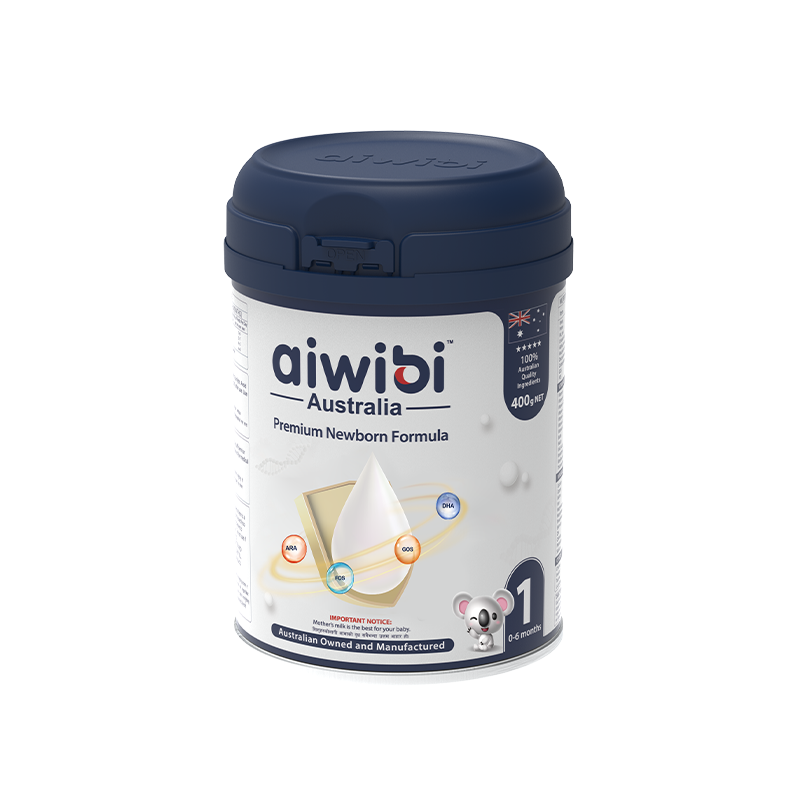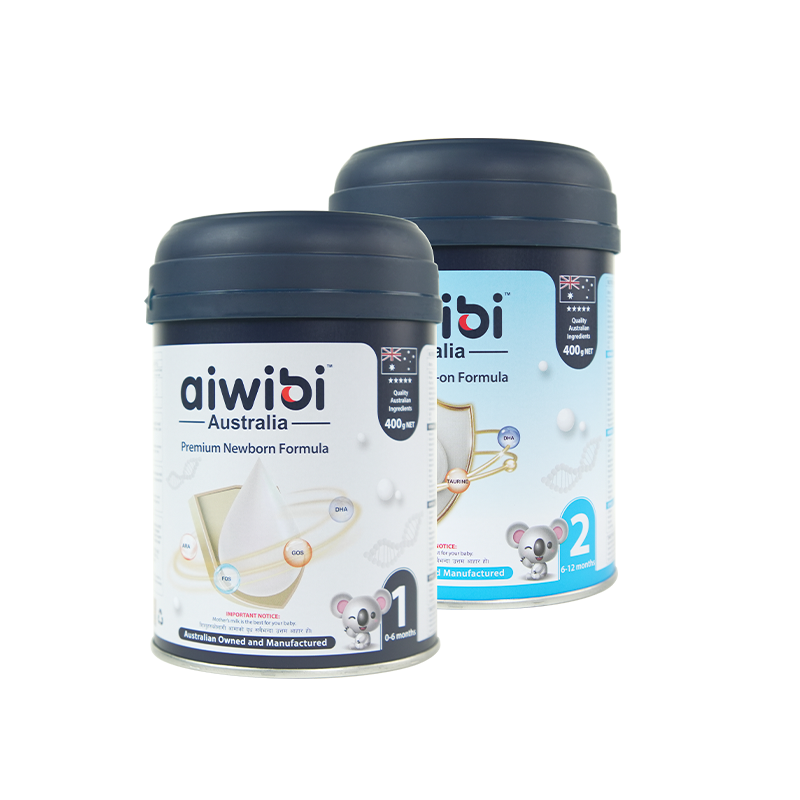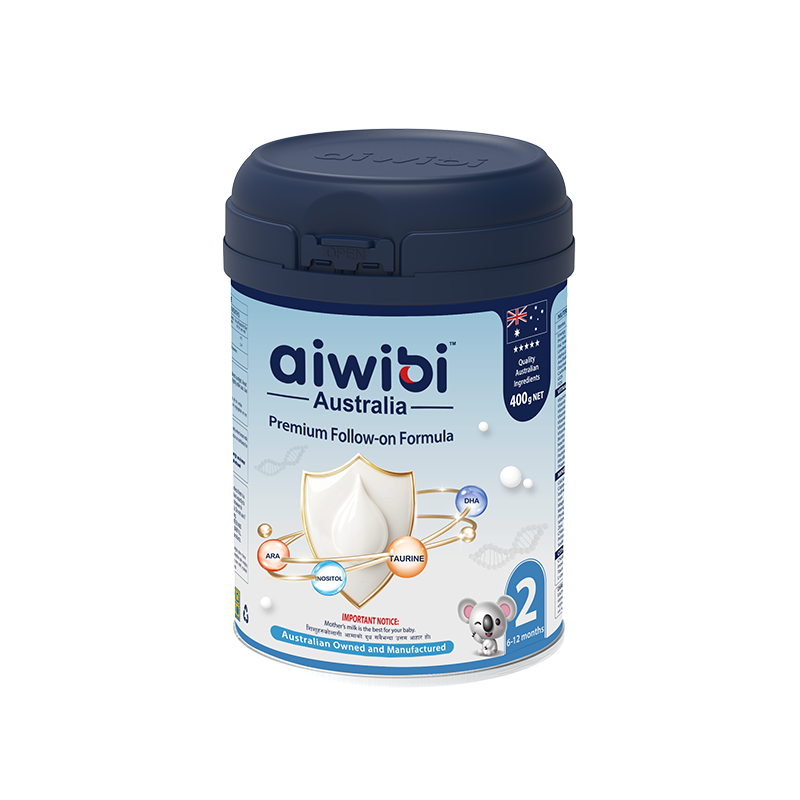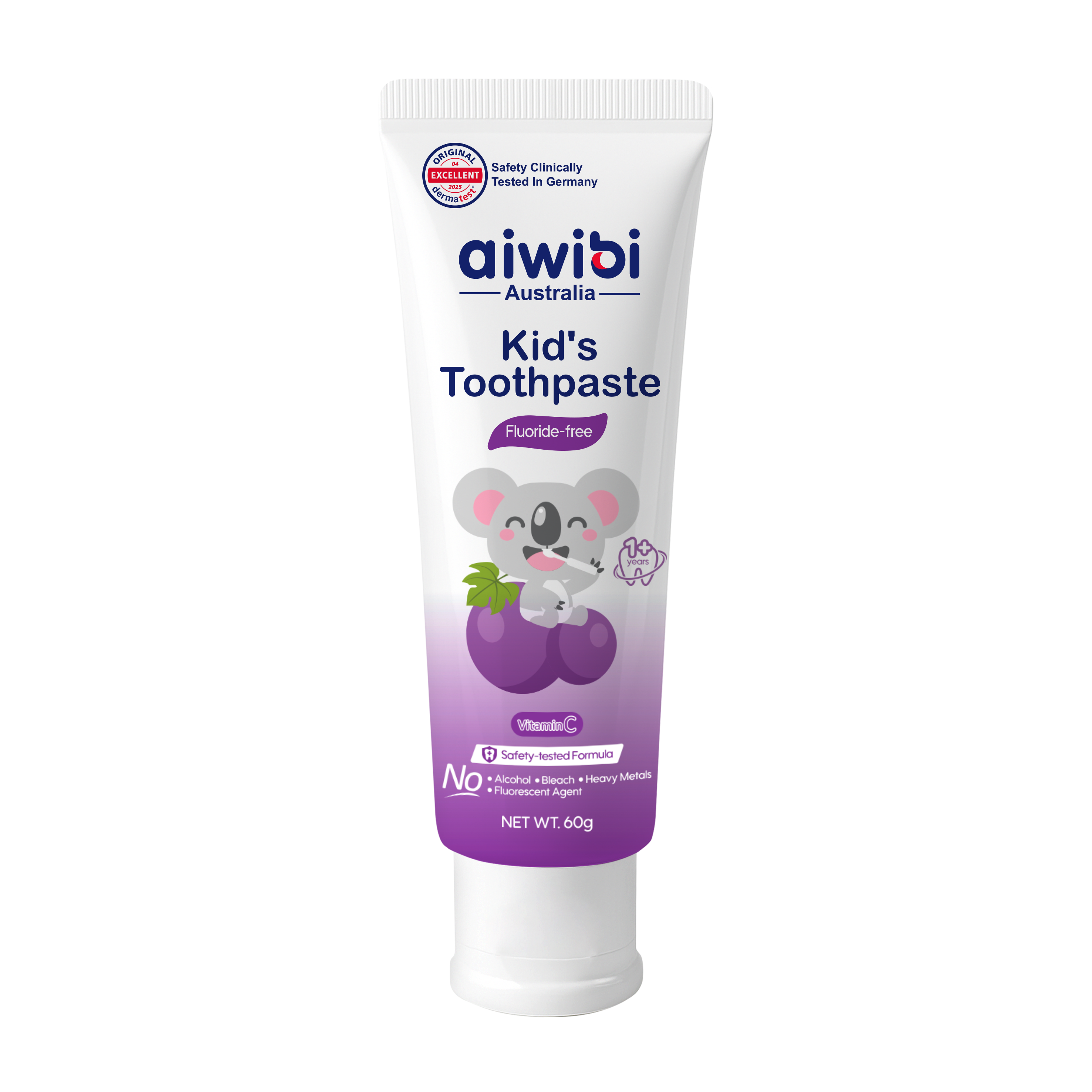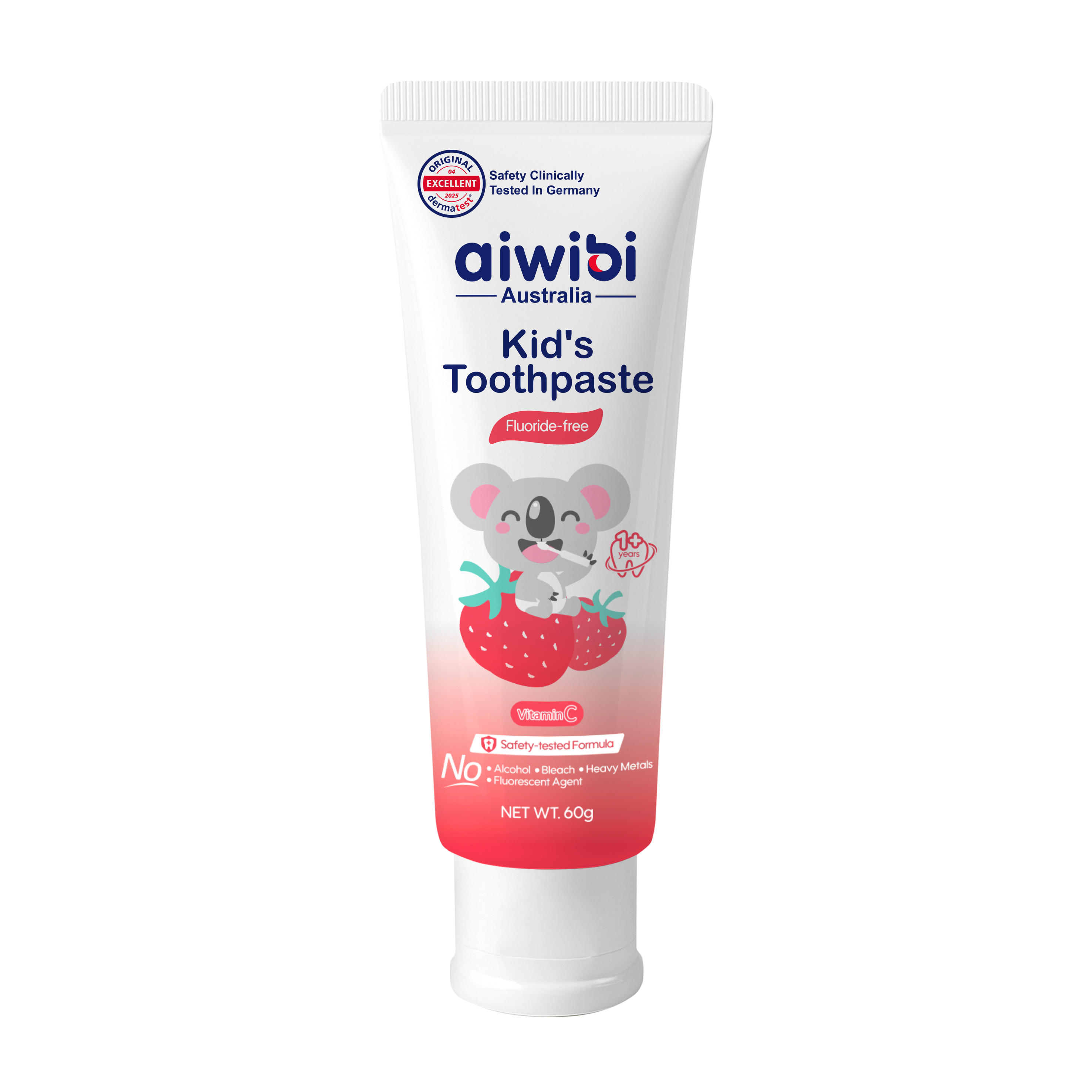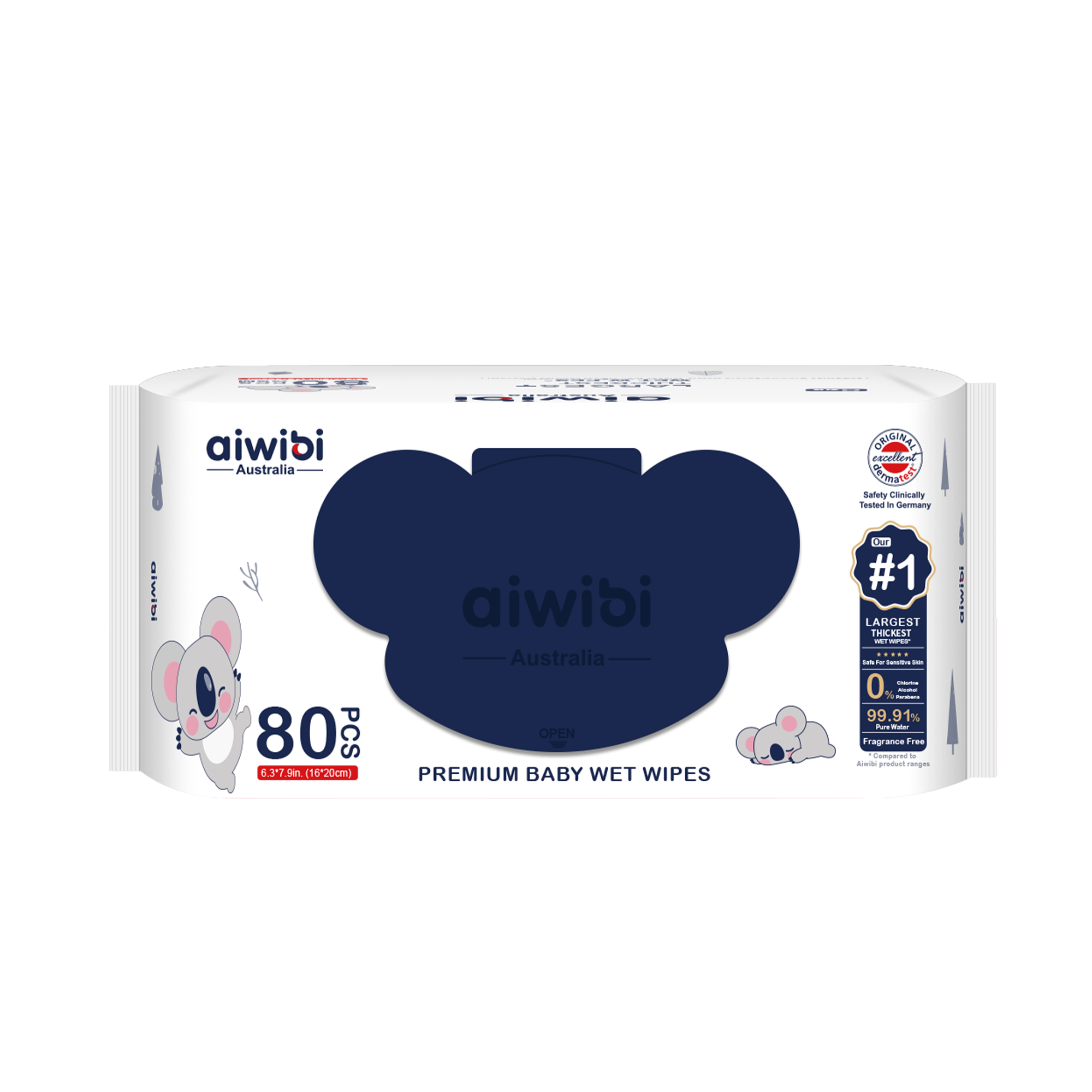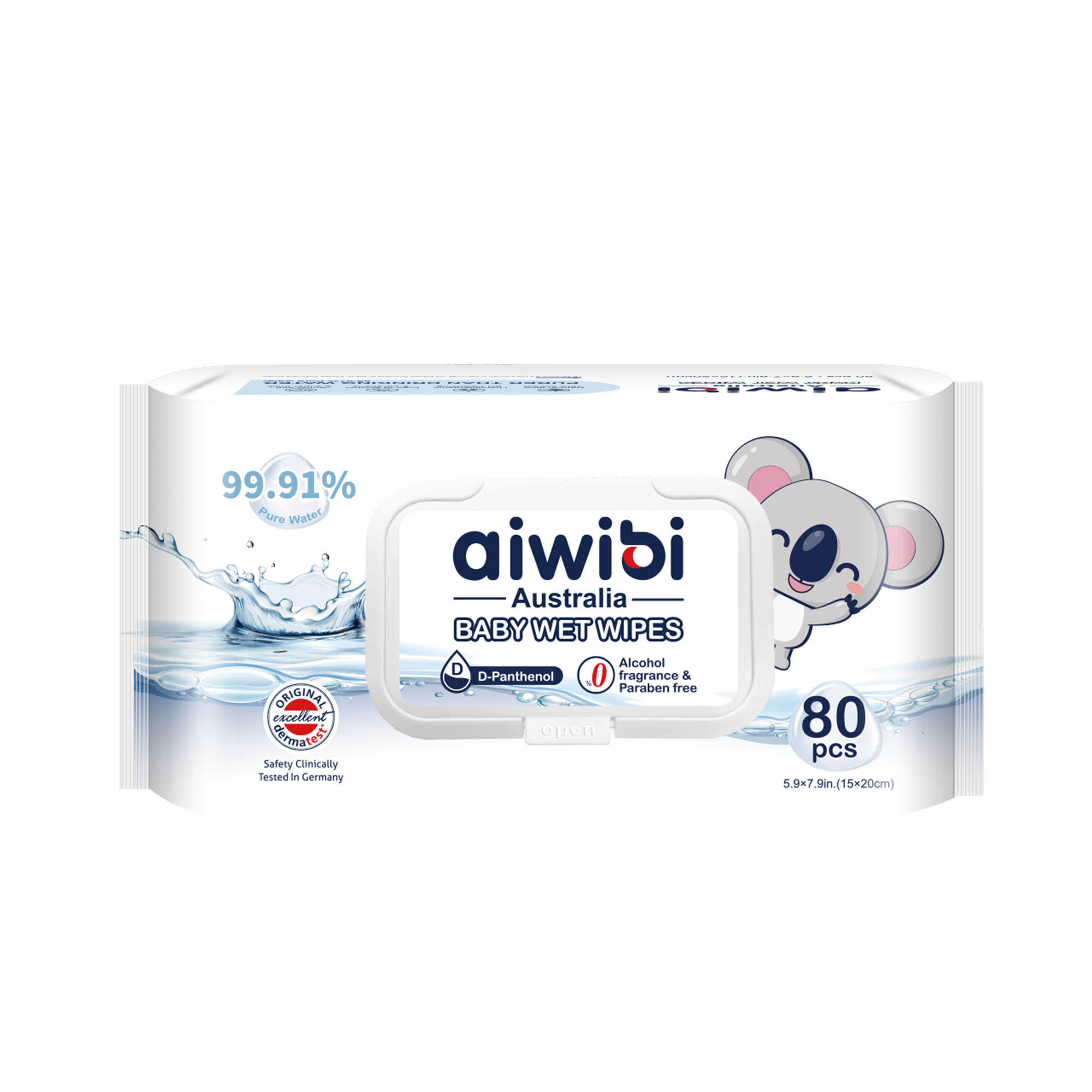Bringing a newborn home is a joyful experience—but noticing yellowing of your baby’s skin or eyes can be alarming. This common condition, known as jaundice, affects many newborns within their first days of life. But not all jaundice is the same. Some forms are completely harmless and resolve on their own, while others may require urgent medical care. In this guide, we break down the different types of newborn jaundice—what causes them, how to spot the signs, and what you as a parent can do to ensure your baby stays healthy and safe.
What is Jaundice in Newborns?
Jaundice in newborns (neonatal jaundice) is a common condition where a baby's skin and eyes turn yellow due to high bilirubin levels in the blood. Bilirubin is a yellow pigment produced when red blood cells break down. Since a newborn's liver is still developing, it may not process bilirubin efficiently, leading to jaundice.
In Nepal, jaundice in newborns (NNJ - Neonatal Jaundice) affects many infants, especially those born prematurely. While most cases are mild (physiological jaundice), some may require medical treatment to prevent complications.
Types of Jaundice in Newborns
Physiological Jaundice (Normal)
- Appears: 2–4 days after birth.
- Duration: Usually resolves within 1–2 weeks without treatment.
- Cause: Immature liver function in newborns leads to slower processing of bilirubin.
-
Why it happens?
- At birth, babies have a high red blood cell count.
- When these red blood cells break down, bilirubin is released.
- The immature liver takes time to efficiently clear bilirubin from the body.
- Is it dangerous? No, it is a normal and temporary condition in healthy newborns.
-
What to do:
- Ensure regular feeding (breast or formula) to promote bowel movements, which help eliminate bilirubin.
- Observe baby's skin and eyes daily for signs of worsening yellowing.
- Follow up with your pediatrician to monitor bilirubin levels if needed.
- Note: Normal bilirubin level in newborns varies by age (see chart below).
Breastfeeding Jaundice
- Cause: Occurs in the first week when the baby is not getting enough breast milk.
-
Why it happens?
- Insufficient feeding → Dehydration → Less stool → Bilirubin builds up.
- Common in first-time mothers or babies with latching difficulties.
-
Solution:
- Feed more frequently (every 2–3 hours).
- Ensure proper latching technique.
- Consult a lactation expert if needed.
Breast Milk Jaundice
- Cause: Occurs after the first week due to substances in breast milk that slow bilirubin removal.
-
Why it happens?
- Some components in breast milk may temporarily affect liver function.
- It is a harmless and common condition in healthy breastfed babies.
-
Solution:
- Continue breastfeeding (stopping is NOT recommended).
- Monitor bilirubin levels if jaundice persists beyond 3 weeks.
- Consult a pediatrician for reassurance and follow-up testing if necessary.
Pathological Jaundice (Serious)
- Cause: Jaundice that appears within the first 24 hours after birth, worsens rapidly, or persists beyond the normal time frame.
-
Possible underlying conditions include:
- Blood group incompatibility (e.g., Rh or ABO incompatibility)
- Hemolytic disease
- Infections (e.g., sepsis)
- Liver disorders or genetic enzyme deficiencies
-
Why it’s serious?
- High levels of bilirubin can cross the blood-brain barrier and cause a type of brain damage called kernicterus.
- Requires prompt diagnosis and intervention.
-
Solution:
- Immediate medical evaluation.
- Treatment may include:
- Phototherapy (light therapy to break down bilirubin in the skin)
- Exchange transfusion (replacing the baby’s blood in severe cases)
- Hospital admission may be required depending on bilirubin levels and underlying causes.
Newborn Baby Jaundice Level Chart
Newborn Jaundice Level Chart: Understanding the Indicators:
mg/dL: Measures bilirubin in milligrams per deciliter.
μmol/L: Measures bilirubin in micromoles per liter.
Hour/h: Hours since birth. Bilirubin levels are compared based on the baby’s age in hours.
High Risk: Bilirubin is very high – immediate medical attention is needed.
Moderate Risk: Bilirubin is elevated – needs close monitoring and possibly treatment.
Medium-Low Risk: Bilirubin is in a safe range – just continue observing the baby.

Additional Reminder:
Newborn jaundice is a common condition, especially noticeable between 3 to 5 days after birth. However, if bilirubin levels become too high, it may affect brain development and could lead to a serious condition called kernicterus.
Babies with the following conditions require extra attention:
- Premature birth
- Breastfeeding difficulties
- Blood type incompatibility (e.g., ABO or Rh incompatibility between mother and baby)
- Siblings with a history of severe jaundice
Signs and Symptoms of Jaundice in Newborns
- Yellow skin (starts on face, spreads to body).
- Yellowing of the eyes (jaundice in newborns eyes).
- Poor feeding or lethargy.
- Dark yellow urine (unlike normal pale urine).
- High-pitched crying.
- Jaundice within first 24 hours.
- Baby is very sleepy or refuses to feed.
- Bilirubin levels in newborns exceed safe limits.

Treatment for Jaundice in Newborns
1. Phototherapy (Light Therapy)
- Most common jaundice in newborns phototherapy treatment.
- Baby is placed under special blue light to break down bilirubin.
- Used in hospitals across Nepal (Kathmandu, Pokhara, Biratnagar).
2. Increased Breastfeeding
- Does breast milk help jaundice? Yes! Frequent feeding helps flush out bilirubin.
- How to flush out jaundice in newborn? Feed every 2-3 hours.
3. Sunlight Exposure (Natural Remedy)
- Short periods of indirect sunlight (morning sun) may help.
- Avoid direct harsh sunlight (can cause dehydration/sunburn).
4. Exchange Transfusion (Severe Cases)
- Rare, used if bilirubin levels in newborns are dangerously high.
How Long Does Newborn Jaundice Last?
- Physiological jaundice: 1-2 weeks.
- Breast milk jaundice: Up to 3-12 weeks (but usually harmless).
- If jaundice lasts beyond 2 weeks, consult a doctor.
Prevention & Care Tips
1. Ensure Proper Feeding (Breastmilk or Formula)
- Breastfeed every 2–3 hours (8–12 times/day).
- If breastfeeding is difficult, consult a lactation expert (available at major hospitals like Kanti Children's Hospital).
- For formula-fed babies, follow the recommended feeding schedule.
- Fewer than 6 wet diapers/day (sign of dehydration).
- Poor weight gain.
2. Monitor Baby's Skin & Eyes Daily
- Press gently on baby's forehead/nose—if skin looks yellow where pressed, jaundice may be present.
- Check white parts of the eyes (yellow tint = possible jaundice).
- Note if yellowing spreads to chest, arms, or legs (more severe).

- Mild jaundice (face only) → Usually safe.
- Spreads to belly/legs → Contact a doctor.
3. Safe Sunlight Exposure (Natural Support)
- Morning sun (7–9 AM) for 10–15 minutes.
- Keep baby in shade (avoid direct harsh sunlight).
- Dress baby lightly (expose arms/legs, but protect eyes).
- Midday sun (risk of sunburn/dehydration).
- Prolonged exposure (>15 mins).
4. Follow Medical Advice for High-Risk Babies
Babies at higher risk:
- Premature babies (<37 weeks).
- Babies with blood type incompatibility (Rh/ABO).
- Those with bruising at birth (more red blood cell breakdown).
- Extra bilirubin checks in the first 3–5 days.
- Early phototherapy if levels rise quickly.
5. Avoid Unproven Home Remedies
- Sugar water or gripe water – No evidence, may harm digestion.
- Turmeric/herbal pastes on skin – Can cause irritation.
- Delaying medical care – Severe jaundice needs urgent treatment.
- Pediatrician-approved methods (feeding, phototherapy).
6. Know When to Seek Emergency Care
- Jaundice appears within 24 hours of birth.
- Baby is very sleepy, refuses feeds, or cries weakly.
- Yellowing reaches palms/soles.
- Kanti Children's Hospital (Kathmandu)
- Patan Hospital Neonatal Unit
- BPKIHS (Dharan)
Final Thought
Most jaundice in newborns is harmless and resolves naturally. However, high bilirubin levels in newborns can be dangerous if untreated. Parents in Nepal should watch for warning signs and seek medical advice if needed.


